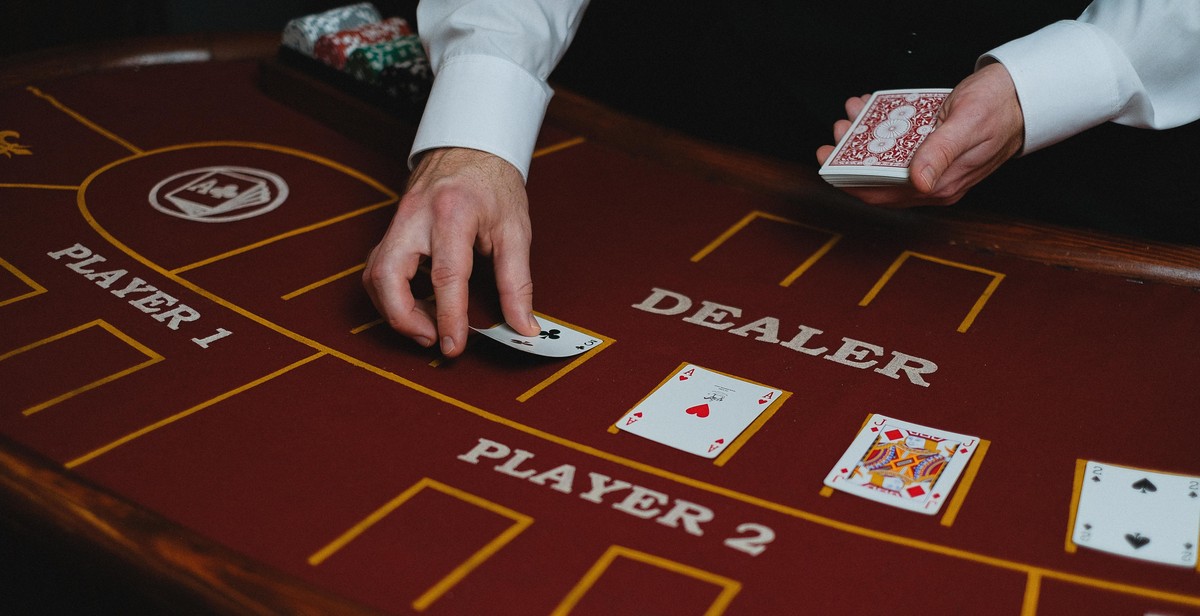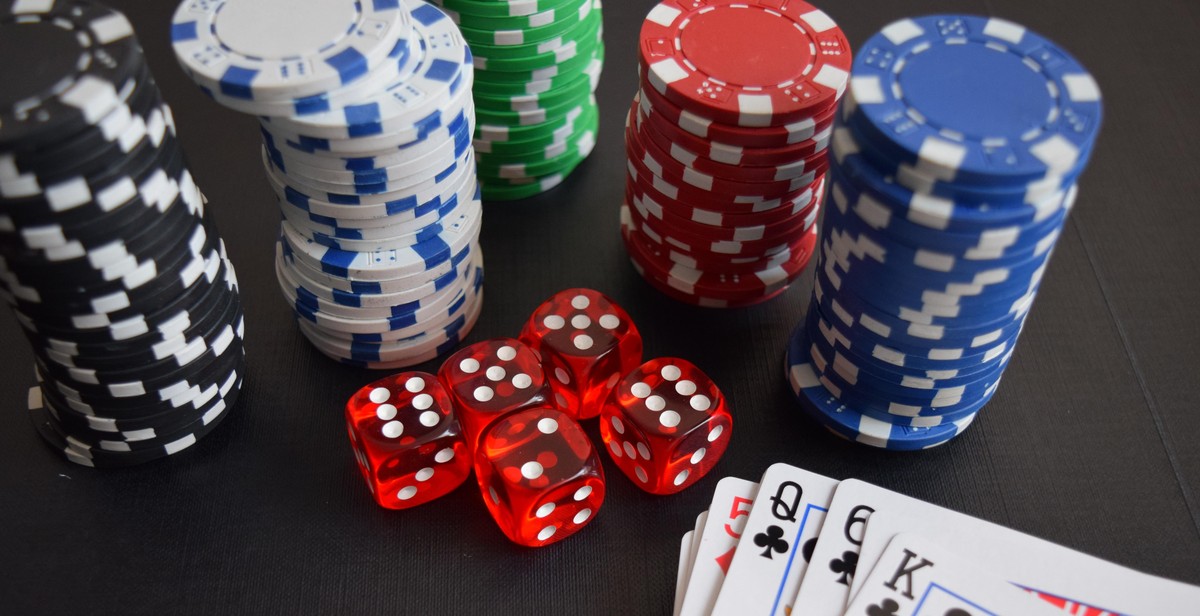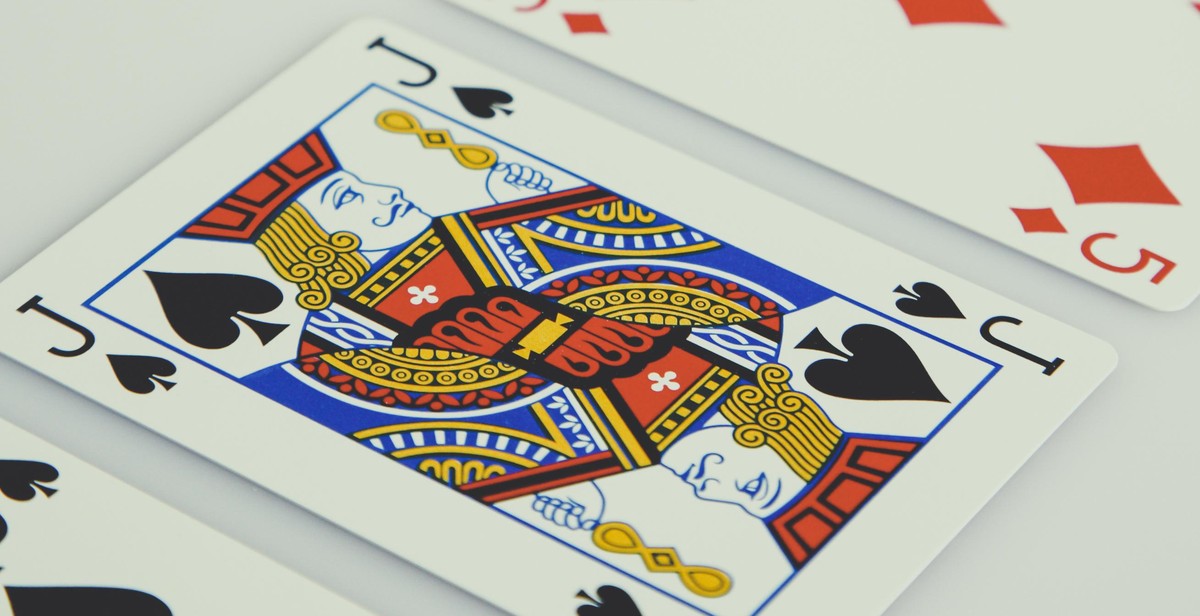Introduction: How to Bluff in Poker
Poker is a game of strategy, skill, and a little bit of luck. One of the most important skills in poker is the ability to bluff effectively. Bluffing is the act of making your opponents believe that you have a stronger hand than you actually do. It is an essential technique that players use to deceive their opponents and win the pot.
What is Bluffing in Poker?
In poker, bluffing is a strategic move where a player makes a bet or raises with a weak hand in order to deceive their opponents into thinking they have a stronger hand. The goal of bluffing is to get your opponents to fold their hands, allowing you to win the pot without having to show your cards.
Why is Bluffing Important in Poker?
Bluffing is important in poker because it allows players to win pots that they would otherwise lose. It also adds an element of excitement to the game. If players only bet when they have strong hands, the game would be predictable and less interesting.
Bluffing can also be used as a tool to control the pot size and manipulate your opponents’ actions. If you can successfully bluff your opponents into thinking you have a strong hand, you can force them to make mistakes and play into your hands.
In this article, we will explore advanced techniques for bluffing in poker. We will discuss when to bluff, how to choose the right opponents to bluff against, and how to read your opponents’ behavior to determine if they are bluffing or not. By the end of this article, you will have a better understanding of how to bluff effectively and increase your chances of winning at poker.

Basic Bluffing Techniques
Bluffing is an essential part of poker gameplay. It involves making other players believe that you have a strong hand when, in reality, you have a weak one. This can be done in various ways, including:
Semi-Bluffing
Semi-bluffing is a technique used when you have a hand that could potentially improve on the next card. For example, you have a flush draw, and the turn card could give you a flush. You can bet as if you have a strong hand to make your opponents believe that you already have a flush. If they fold, you win the pot. If they call, you still have a chance to improve on the next card.
Positional Bluffing
Positional bluffing is a technique that takes advantage of your position at the table. If you are the last to act, you have an advantage over the other players. You can observe their actions and make a decision based on that. For example, if all the other players have checked, you can bet as if you have a strong hand, and they might fold because they believe you have a better hand.
Bluffing with a Weak Hand
Bluffing with a weak hand is a risky technique, but it can be effective if done correctly. You need to read your opponents well and determine if they have weak hands too. If they do, you can bluff as if you have a strong hand, and they might fold because they don’t want to risk their chips.
Overall, bluffing requires practice and experience. It’s essential to know when and how to bluff to avoid losing chips unnecessarily. Use these basic bluffing techniques to improve your gameplay and increase your chances of winning at poker.

Advanced Bluffing Techniques
Reading Your Opponents
One of the most important aspects of bluffing in poker is reading your opponents. This means paying close attention to their actions, body language, and betting patterns to try and determine whether they have a strong hand or not. If you can successfully read your opponents, you can make more informed decisions about when to bluff and when to fold.
Some common tells to look out for include:
- Shaking hands or fidgeting
- Heavy breathing or sighing
- Glancing at their chips or cards repeatedly
- Smiling or laughing nervously
Keep in mind that some players may intentionally try to deceive you by giving false tells, so use your best judgment and try to gather as much information as possible before making a decision.
Bluffing Against Tight Players
Bluffing against tight players can be challenging, as these players tend to only play strong hands and are less likely to fold. However, one strategy you can use is to target their fear of losing by making larger bets or raises. This can cause them to second-guess their hand and potentially fold.
Another technique is to make smaller bets on the flop and turn, and then make a larger bet on the river. This can create the illusion that you have a strong hand and may cause the tight player to fold.
Bluffing Against Loose Players
Bluffing against loose players can be easier, as these players tend to play a wider range of hands and are more likely to call bets. One strategy you can use is to make smaller bets on the flop and turn, and then make a larger bet on the river if you think your opponent has a weak hand.
Another technique is to use a semi-bluff, which involves betting with a hand that has the potential to improve on the turn or river. This can put pressure on your opponent and potentially force them to fold.
| Opponent Type | Strategy |
|---|---|
| Tight | Target their fear of losing with larger bets or raises |
| Loose | Use smaller bets and semi-bluffs to put pressure on them |

Mind Games in Bluffing
Bluffing in poker is not just about having a good poker face or making a convincing bet. It’s also about playing mind games with your opponents. By understanding the psychology of bluffing, using verbal cues, and mastering body language, you can become a master bluffer and increase your chances of winning at the poker table.
Psychology of Bluffing
Bluffing is a psychological game that requires you to understand your opponents’ thought processes. To bluff successfully, you need to convince your opponents that you have a stronger hand than you actually do. This involves creating a believable narrative and sticking to it throughout the game. One effective strategy is to make small bets early in the game to give the impression that you have a strong hand. This can cause your opponents to fold or make larger bets, which can increase your chances of winning.
Using Verbal Cues
Verbal cues can also be effective in bluffing. By using certain words or phrases, you can create a false impression about your hand. For example, if you have a weak hand, you can say “I’m all in” to make it seem like you have a strong hand. You can also use hesitation or silence to your advantage. If you hesitate before making a bet, your opponents may assume that you are unsure of your hand and fold.
Using Body Language
Body language is another important aspect of bluffing. By controlling your body language, you can send subtle signals to your opponents that can influence their decisions. For example, if you have a strong hand, you can lean back in your chair and appear relaxed to make your opponents think that you are confident. On the other hand, if you have a weak hand, you can lean forward and appear tense to make your opponents think that you are nervous.
Overall, mastering the art of bluffing takes practice and patience. By understanding the psychology of bluffing, using verbal cues, and mastering body language, you can become a successful bluffer and increase your chances of winning at the poker table.

When Not to Bluff
Bluffing is an essential part of poker, but it can also be a double-edged sword. While it can be a powerful tool to win pots and throw off your opponents, it can also be a costly mistake if used in the wrong situations. Here are some scenarios when you should avoid bluffing:
Playing Against Experienced Players
Experienced players are more likely to pick up on your bluffing tendencies and can quickly identify when you’re trying to deceive them. They are also more likely to have a better understanding of the game and can make more informed decisions based on their knowledge. Therefore, bluffing against experienced players can be risky, and it’s better to play straightforwardly and rely on your strong hands instead of trying to bluff your way to victory.
Playing Against Tight Players
Tight players are those who only play premium hands and are very selective in their gameplay. They are less likely to call your bluffs and are more likely to fold if they don’t have a strong hand. Therefore, bluffing against tight players is not very effective, and it’s better to wait for a good hand instead of trying to bluff them out of the pot.
Playing Against Loose Players
Loose players are those who play a lot of hands and are more likely to call your bluffs. They are also unpredictable and can make irrational decisions based on their emotions, making it difficult to read their gameplay. Therefore, bluffing against loose players can be risky, and it’s better to play more straightforwardly and wait for a good hand instead of trying to bluff them out of the pot.
| Scenario | Bluffing Strategy |
|---|---|
| Playing Against Experienced Players | Avoid bluffing and play straightforwardly |
| Playing Against Tight Players | Wait for a good hand instead of bluffing |
| Playing Against Loose Players | Be cautious and play more straightforwardly |
Remember, bluffing is a tool that should be used strategically and in the right situations. It’s better to play straightforwardly and rely on your strong hands instead of trying to bluff your way to victory in situations where it’s not effective.

Conclusion
Bluffing is an essential part of poker gameplay, and mastering the art of bluffing can take your game to the next level. It’s not just about having a good hand; it’s about knowing when to bluff and how to execute it effectively.
As we have learned, there are various techniques for bluffing, including semi-bluffing, continuation betting, and double-barrel bluffing. However, bluffing should be used sparingly and only in situations where it makes sense.
It’s essential to pay attention to your opponents’ behavior and tendencies, as this can give you valuable information about whether or not they are likely to fold. Additionally, understanding the math behind poker can help you make more informed decisions when it comes to bluffing.
Remember, bluffing is not a guaranteed strategy, and it can backfire if not executed correctly. It’s crucial to stay calm and composed while bluffing and not give away any tells that could give your opponents an advantage.
In conclusion, bluffing is a crucial skill to have in poker, but it should be used strategically and with caution. With practice and experience, you can become a master of bluffing and take your poker game to the next level.
